These Are the Results of the 2025 Elections in Canada
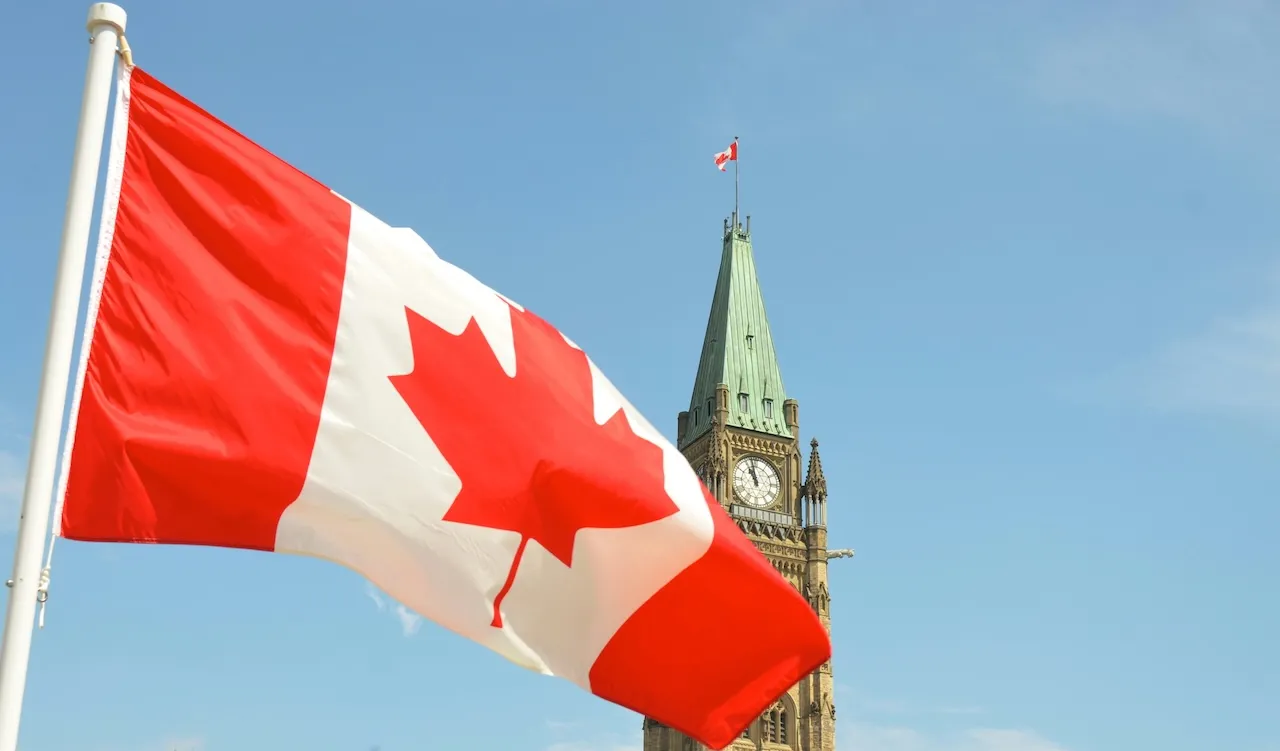
In this Monday's elections in Canada, the Liberal Party, led by Prime Minister Mark Carney, prevailed with 43.4% of the vote in the federal elections, according to official results with more than 95% of the count completed.
In this Monday’s elections in Canada, the Liberal Party, led by Prime Minister Mark Carney, prevailed with 43.4% of the vote in the federal elections, according to official results with more than 95% of the count completed. It should be noted that Carney assumed the Liberal leadership and the position of Prime Minister just earlier this year after the resignation of Justin Trudeau.
Consequently, the leader of the Liberal Party faced one of the most complex challenges in the country’s recent history. That is, elections marked by internal economic uncertainty, as well as threats of annexation and trade escalation driven by US President Donald Trump.
Also, from Ottawa, in a speech given in the early hours of Tuesday to hundreds of supporters, Carney proclaimed victory with a combative but hopeful tone:
“Who is willing to defend Canada with me?… And who is prepared to build a strong Canada? Okay, we’ve got it figured out,” he said from Liberal Party headquarters.
During his victory speech, the Prime Minister reaffirmed his commitment to national independence and warned that his government will not bow to external pressures:
“As I have been warning for months, the United States wants our land, our resources, our water,” he said firmly. “President Trump is trying to break us so he can take over us, but that will never happen.”
In addition, he announced that he would hold talks with Trump “about the future of two sovereign and independent nations,” and stressed his intention to strengthen alliances with Europe and other global powers. “If the United States no longer wants to be at the forefront of world leadership, Canada will be,” he said.
How Does Mark Carney Win the Leadership?2444
For its part, the 2025 federal elections reconfigured the Canadian political map and marked the beginning of a new stage in the relationship with its southern neighbor. Despite his short political career, Carney—a former Governor of the Bank of Canada and the Bank of England—capitalized on his image as a reliable technocrat to position himself as the leader capable of containing external pressures and guiding the country through a time of profound transformation.
Similarly, Carney called early elections in Canada just one month after taking office. The goal was to renew his mandate against a Conservative opposition led by Pierre Poilievre, who had dominated the polls for months and surpassed the Liberals by 20 points at the start of the year.
However, the narrative changed radically. Trump’s threats of a possible territorial annexation, coupled with new tariffs and hostile statements towards Canada, moved the pieces on the political board. Carney responded with a firm stance, appealing to national pride and promising to defend Canadian sovereignty at all costs. That rhetoric connected with a restless citizenry, triggering a rebound in Liberal voting intentions that ended up materializing at the polls.
Canada Election Results by Party3729
Although the Liberal Party received the most votes, the path to an absolute parliamentary majority is still up in the air. Of the 338 seats in the House of Commons, at least 172 are required to govern without coalitions. With 90% of the votes counted, here is the preliminary distribution:
- Liberal Party of Canada (Mark Carney): 164 seats
- Conservative Party (Pierre Poilievre): 147 seats
- Bloc Québécois (sovereignist): 23 seats
- New Democratic Party (NDP, social democrat): 8 seats
- Green Party: 1 seat
The Trajectory of Mark Carney4307
On the other hand, Mark Joseph Carney was born on March 16, 1965 in Fort Smith, Canada. His academic background includes a bachelor’s degree in Economics from Harvard in 1988 and a postgraduate degree from St. Peter’s College, Oxford, where he obtained an MPhil in 1993 and completed his doctoral thesis on “The Dynamic Advantage of Competition.”
Specifically, throughout his career, he held multiple key positions:
- Current leader of the Liberal Party of Canada since March 9, 2025.
- Governor of the Bank of England (2013-2020): He was the first foreigner to hold the position since the bank was founded in 1694. During his tenure, the Bank of England obtained additional powers, such as the ability to set capital requirements for banks.
- Chairman of the Financial Stability Board of the G20 (2011-2018): He oversaw economic policies globally and strengthened financial regulation after the 2008 crisis.
- Governor of the Bank of Canada (2008-2013): He faced the global financial crisis and adopted strategic measures to protect the Canadian economy.
- Deputy Governor of the Bank of Canada (2003-2004): Before being governor, he played a key role in the formulation of monetary policies.
- Official of the Ministry of Finance of Canada (2004-2008): As Deputy Minister, he participated in the management of the country’s public finances.
- Executive at Goldman Sachs: He began his career in the financial sector working in various international markets.
In addition to his experience in financial institutions, Carney is part of influential entities such as the Group of Thirty, the World Economic Forum and has attended annual meetings of the Bilderberg Group. It should be noted that his arrival in the position of Prime Minister is historic, because he will be the first Canadian head of government who has not previously held a position by popular election.
Related Articles
More Articles
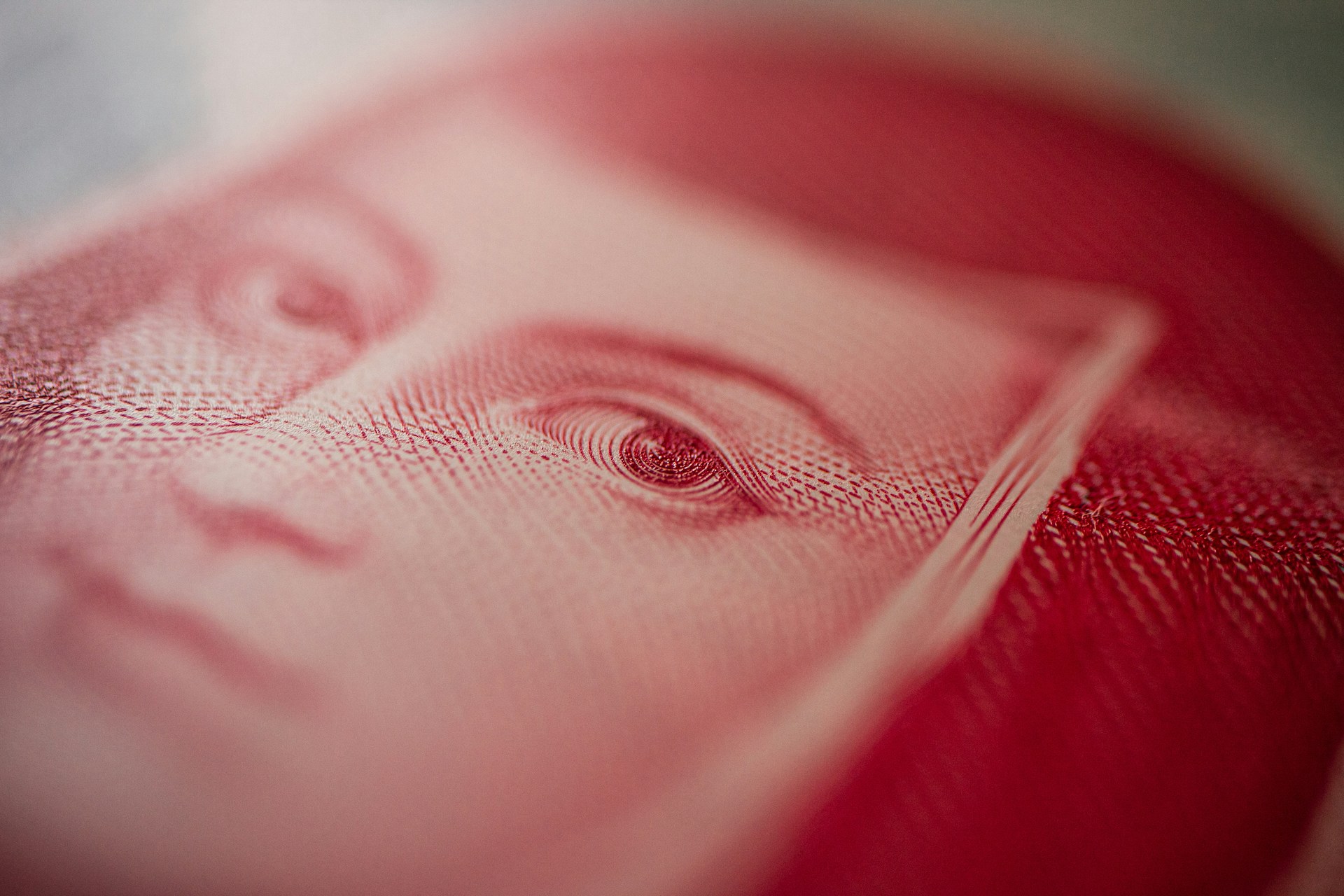
Who Will Benefit from the Minimum Wage Increase in Querétaro?
Dec 3, 2025

What Does the Interserrana Highway Signify for the Development of Southern Nuevo León?
Nov 21, 2025
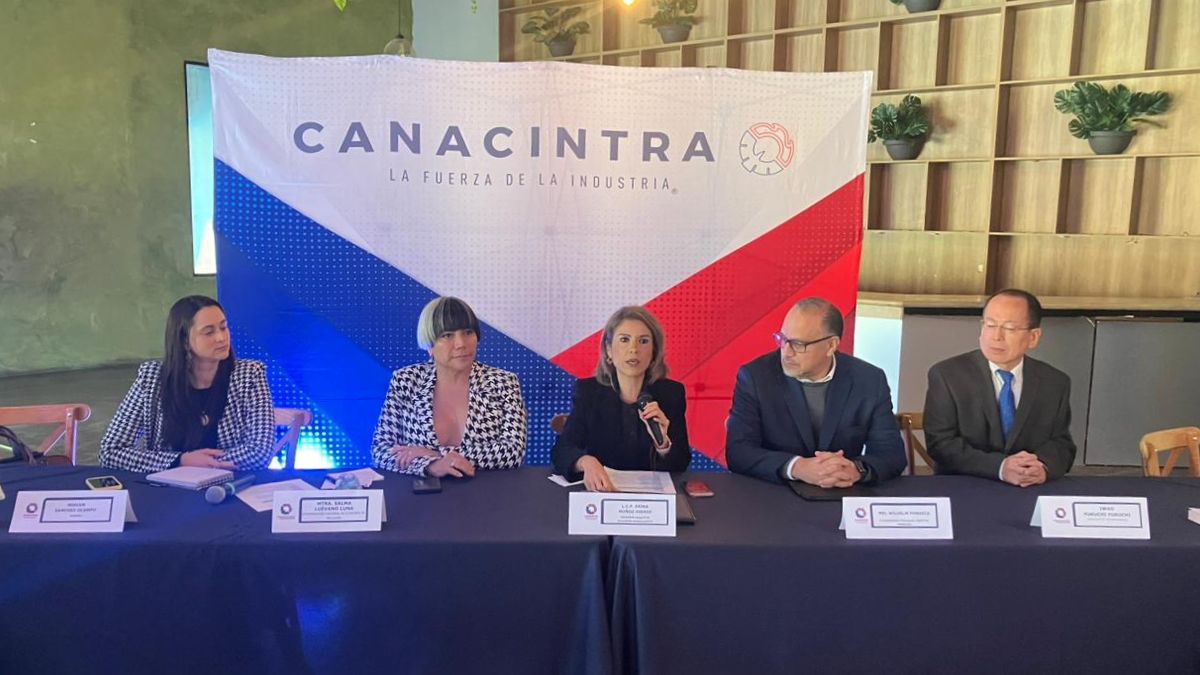
What Benefits Will CANACINTRA's Productive Supply Chain Committee Bring to Aguascalientes Industry?
Nov 7, 2025

SLP's Industrial Real Estate Market Expands with 17,000 sqm Under Construction
Nov 21, 2025
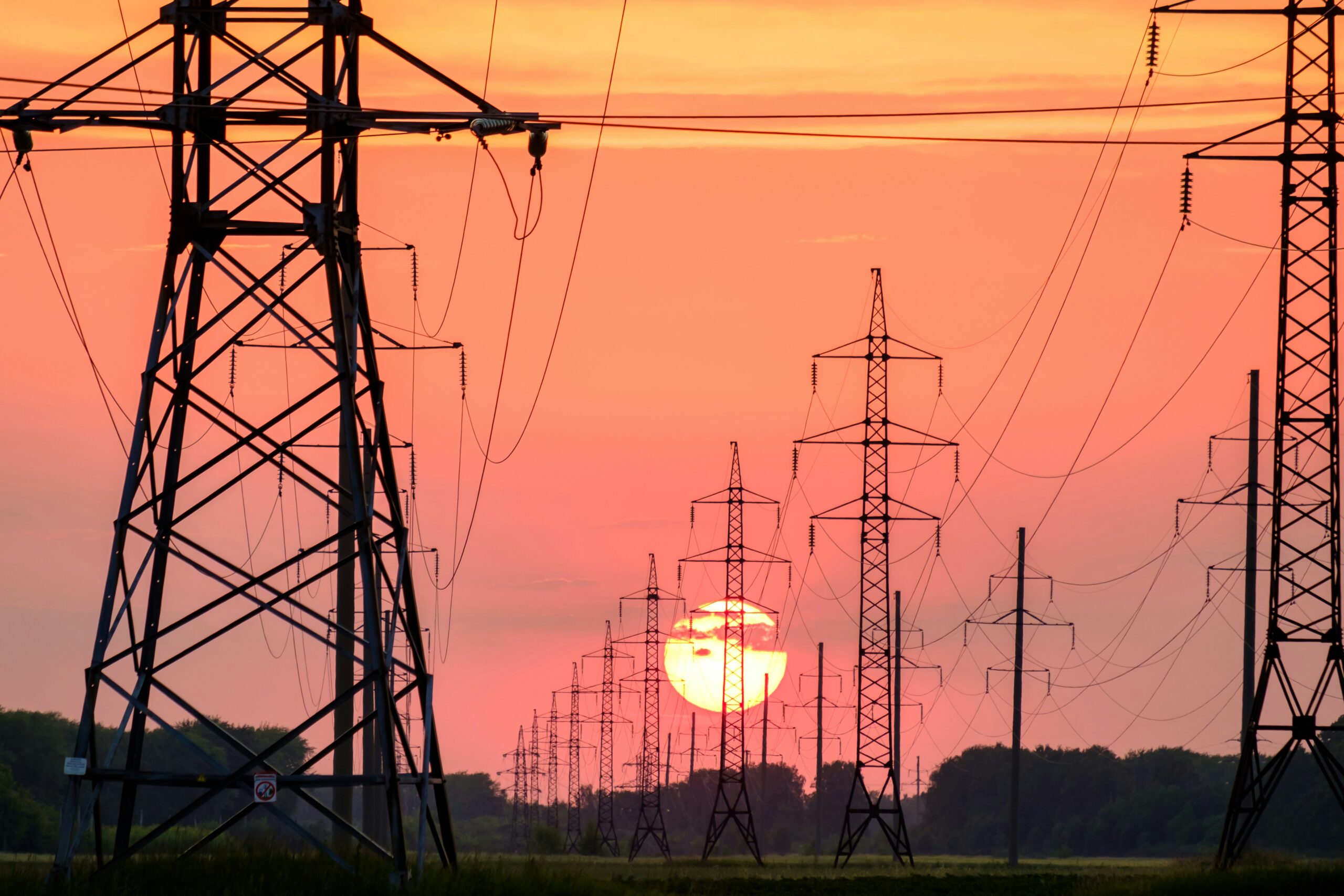
Could Mexico Face a National Energy Collapse? An Expert's Insight
Nov 11, 2025
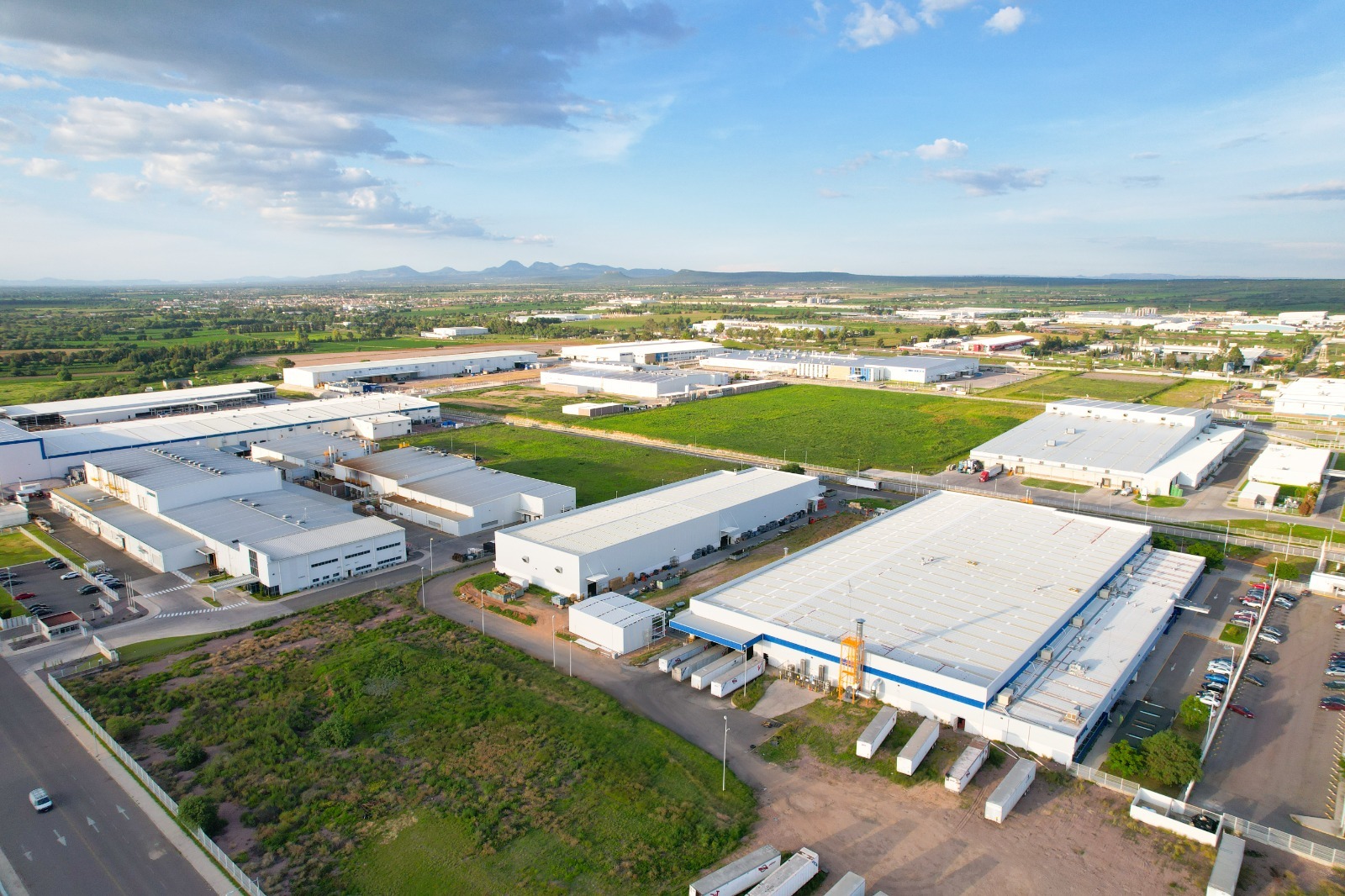
Aguascalientes Industry Performance as of July 2025: INEGI Report Unveils Key Insights
Nov 10, 2025
